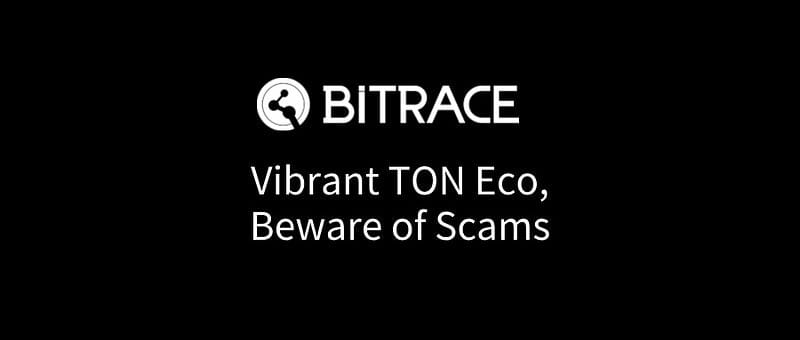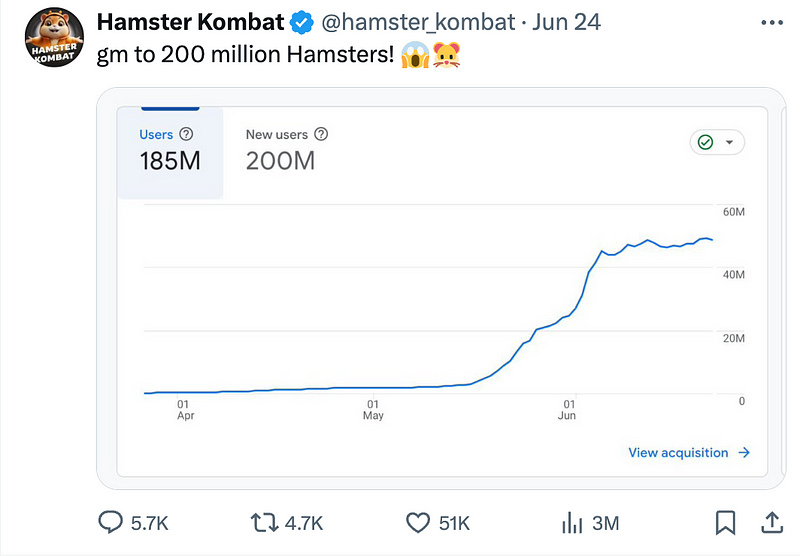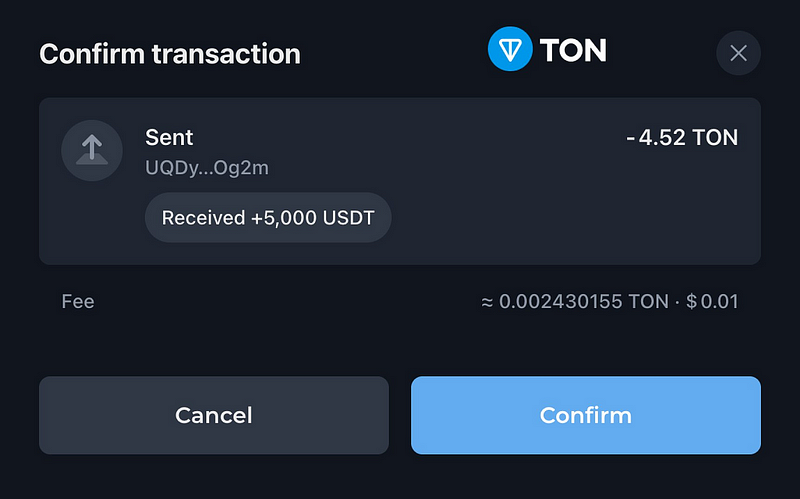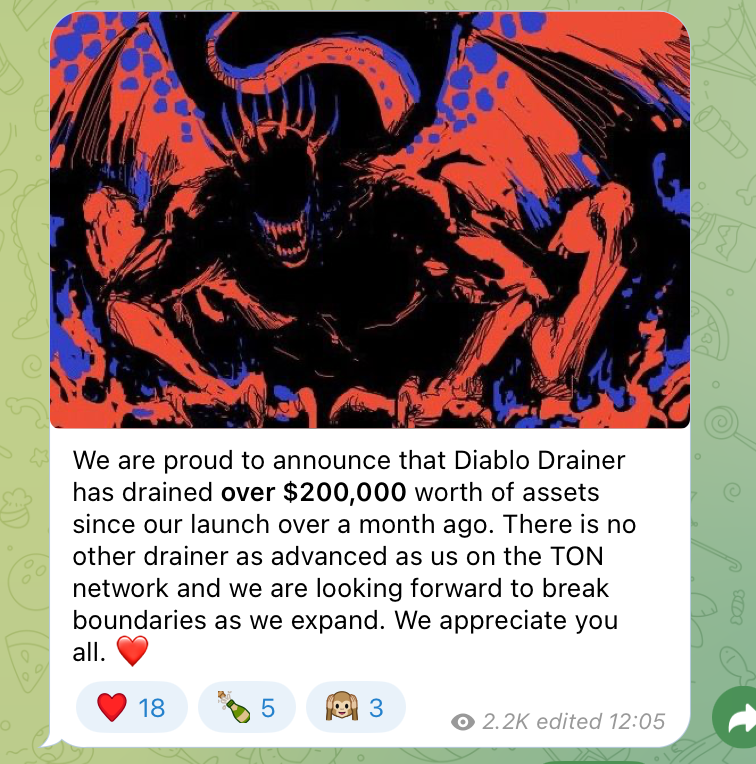Rapid Growth in TON Ecosystem: Opportunities and Risks

On July 1, Tether partnered with Web3 shopping and infrastructure company Uquid to allow Filipino citizens to pay social security funds using USDT on the Open Network (TON). This move provides a valuable case study for the integration of cryptocurrency with the real economy, highlighting the positive role of cryptocurrencies in financial innovation and improving payment systems.
Over the past year, the price of $TON has increased more than fivefold, with its market capitalization ranking in the top ten. As the thriving TON ecosystem opens its doors to users, we must remain vigilant against hidden threats. This article aims to highlight the current security status of the TON ecosystem and provide risk warnings for users.
Surge in TON Ecosystem Users
According to Token Terminal data, as of July 2, the monthly active users on the TON network have surged from 228,000 at the beginning of the year to 4.64 million. TON’s rise is partly due to the popularity of its click-based games on Telegram. For example, the popular game Notcoin, which rewards users for clicking the screen, has attracted 35 million users, while Hamster Kombat claims to have reached 200 million users.

However, millions of users who joined the TON blockchain and hoped to receive airdrops through various Telegram mini-programs are not native cryptocurrency users. Experiencing these viral games, they are often encountering wallets and seed phrases for the first time. Lacking a proper understanding of the irreversibility of blockchain transactions and the potential risks of on-chain transactions, these new users are highly susceptible to scams and hacking attacks, leading to asset losses.
TON’s presence on privacy-focused Telegram provides an even more convenient environment for scammers. As a non-EVM network, TON has not integrated mature and advanced security tools from the EVM ecosystem, which means that security measures on the TON network may not be as robust as those on other mainstream blockchains.
Underlying Risks in the TON Ecosystem
Apart from common EVM scams like zero-value transfer scams and NFT airdrop phishing, a typical scam on TON is the transaction memo scam.

Users click on a popup saying “Received +5,000 USDT” and send TON, but do not receive the “promised” USDT. This is a new type of scam targeted at TON users, where scammers use misleading information in transaction memos during the transfer process to deceive users into sending assets.

Bitrace’s investigation revealed that scam address O-ApOg2m, created on May 5, conducted 14 memo transfer tests over two days, with the final test memo in Russian reading “прогрев” (preheat), before launching the full-fledged scam operation. The next day, O-ApOg2m received its first proceeds through memo scams.


As shown in the illustration, victims were continuously deceived, sending varying amounts of TON tokens to the scam address O-ApOg2m in exchange for the memo-promised 5,000 USDT. Statistics show that in just two months, this simple transaction memo scam address had profited at least 22,000 $TON (approximately 1.28 million RMB).

In addition to various scams emerging in the TON ecosystem, Drainers have also extended their reach. Drainers are malicious software designed to illegally empty or “drain” cryptocurrency wallets, offered for rent by their developers, meaning anyone can pay to use this malicious tool. Bitrace discovered that a Drainer organization sells its services through Telegram groups, taking a 30% cut of the stolen funds. They stated, “just to clarify: we don’t care where or who your victim is from. We allow draining from all countries including CIS. Nobody is special.”

Since its inception in April, the Drainer organization has accumulated 596 subscribers and by mid-May, it claimed to have profited over $200,000 in the TON ecosystem.
Conclusion
As the TON user base expands, balancing privacy protection with security needs has become an urgent issue. Opportunities come with risks. While security experts work to eliminate threats, users should also stay vigilant, learn to use the TON browser to identify scams, and avoid trusting unsolicited airdrops and unrealistic transaction memos.
Contact us:
Website: https://www.bitrace.io/
Email: bd@bitrace.io
Twitter: https://x.com/Bitrace_team